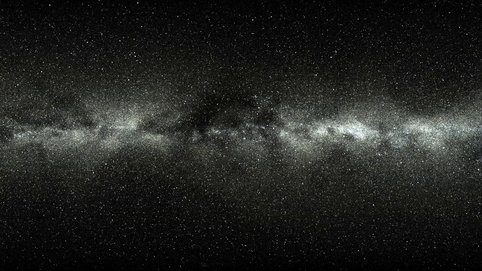Stellar Dynamical Modelling
The fundamental goal of stellar dynamical modelling is to learn the gravitational potential and the distribution of stellar orbits in the Galaxy. The gravitational potential traces the distribution of all mass, including dark matter. Stellar orbits in the Galaxy are shaped by the gravitational potential. Yet we do not directly observe stellar orbits, but rather a snapshot of the positions and velocities of stars at one instant in time - the present. In order to extract information on the gravitational potential from this snapshot, we must make certain assumptions about the Milky Way, such as axisymmetry (that the Galaxy looks the same when the disk is rotated) or statistical stationarity (that the Galaxy as a whole does not change in time). Multiple approaches to solving this problem have been developed at the MPIA. RoadMapping simultaneously constrains the Galactic gravitational potential and the distribution of stellar orbits, assuming both axisymmetry and stationarity. Deep Potential makes use of mathematical tools from the field of deep learning to turn a snapshot of stellar positions and velocities into a gravitational potential, assuming only stationarity.
The motion of two million stars
